Sunshine Coast Councillors have their say on mass transit as public consultation hits halfway mark
Sunshine Coast councillors have revealed their positions on light rail and other transport options as public consultation hits the halfway mark.
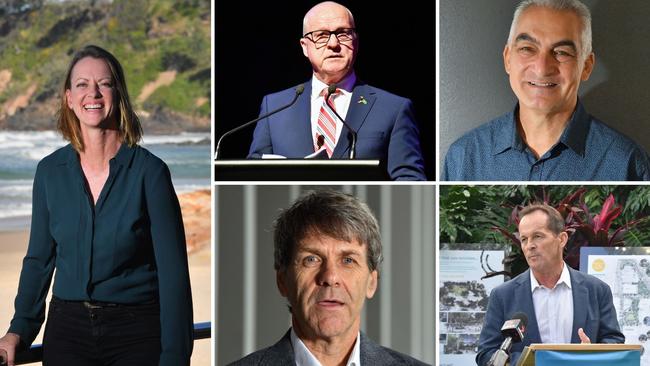
Sunshine Coast
Don't miss out on the headlines from Sunshine Coast. Followed categories will be added to My News.
Coast councillors have given their views on mass transit a month into community consultation on the future of a possible coastal light rail system.
Councillors were sent a series of questions about the steps they'd taken to-date and were still to take to understand their division's views on mass transit to ensure they could accurately represent them in future debates and decision making, as well as their position on light rail, preferred method of mass transit and how they saw mass transit fitting into a broader transport system on the Coast.
Here's what your Sunshine Coast councillors had to say:
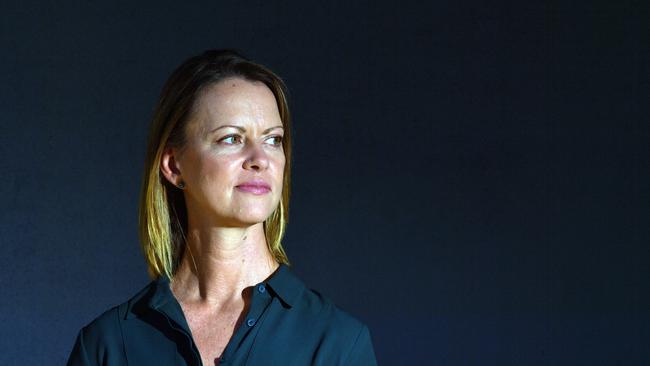
Maria Suarez, Division 9:
Ms Suarez said the mass transit corridor was well out of the Division 9 area, so for her it was more a matter of ensuring residents were informed of the consultation.
DON'T MISS OUT: Activate your bonus for big rewards
She said Division 9 residents had asked for increased bus routes and more frequent times and she was encouraging participation in the consultation, as well as attending sessions herself.
Ms Suarez said it was important the community had its say "without bias based on my opinion" and residents had to weigh up what option would work best for them in their own circumstances.
She said fast rail was a solution for connection to Brisbane and outer regions, but there needed to be additional improvement in public transport "to move people to health services, employment hubs, education hubs and high profile tourism destinations".
"The region needs both," she said.
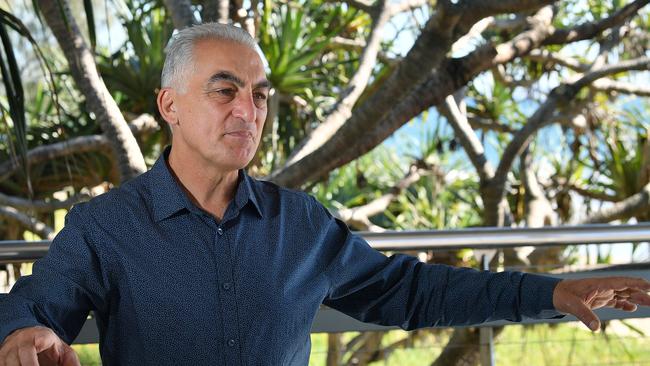
Joe Natoli, Division 4:
Mr Natoli said the notice of motion to have the current public consultation was a "direct result of my understanding of what our community wanted in regards to safeguards and certainty with the existing planning scheme".
He said he'd raised the issue with the Beach Matters Group and had been well supported by the Mass Transit Action Group.
Mr Natoli said he'd spoken at functions he'd been invited to and taken part in pop-up marquees at Alexandra Headland.
He said he'd responded to everyone who'd sent him a copy of their submission and said he would "continue to be active to ensure I listen to what the majority of the residents I represent are saying".
Mr Natoli said he would support a "trackless, battery-operated light rail" if it did not come with the associated density increases proposed from Maroochydore to Caloundra.
He said he didn't support hard infrastructure like overhead wires and fixed tracks and the industrial appearance, noise and barriers it created within the community.
Mr Natoli added he was not opposed to mass transit, but he did not support significant density increases along the corridor.
He said heavy rail from Beerwah to Maroochydore was the "critical element" with stations at Caloundra, Sunshine Coast University Hospital and Maroochydore, as well as Aura, Beerwah East and Mooloolaba, next to a 1000-car park and ride station.
A modern fleet of electric buses could support the heavy rail spine.
Mr Natoli said the current mass transit project would only benefit eight per cent of the Coast's population, yet all ratepayers would be contributing to it.
He feared a significant increase to the transport levy and said council needed to flip the order it was doing things and first determine whether the community supported increased density in the coastal corridor, to then determine settlement plans, before designing a mass transit solution.

Christian Dickson, Division 6:
Mr Dickson said he had been actively listening at community pop-ups, phone calls, emails, social media and speaking directly with the Beach Matters and Mass Transit Action Group.
"I am doing all I can to hear from everyone," he said.
Mr Dickson said he hadn't ruled out any transport option at this stage as he was still listening to feedback and opinions across the Coast.
"I am very interested in bus rapid transport/dedicated bus lanes with connections to heavy rail and other Coast townships," Mr Dickson said.
"This could be activated by the state government in some form quite quickly. The need is clearly there."
Mr Dickson said he believed the state government had to address the lack of public transport in the region and "that may form part of the mass transit, heavy rail and local network connections right across our region".
"Either way, Coast residents are crying out for better public transport and the government has a lot to answer for," he said.
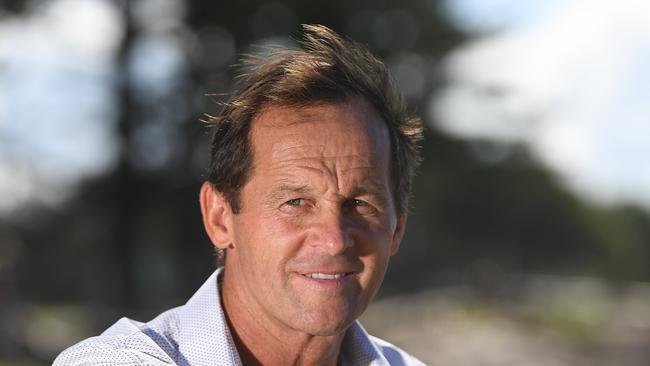
Terry Landsberg, Division 2:
Mr Landsberg said he had already participated in several mass transit pop-up stalls.
He'd also received internal council briefings and reviewed past studies undertaken about public transport in the region, as well as met with local businesses, attended residents group meetings and responded personally to office inquiries about mass transit.
"This is only an options report which will ultimately be decided by state government," Mr Landsberg said.
Mr Landsberg said in 2011 light rail had been the only available option, but now there were others on the table which enabled further investigation.
"I don't have a preferred option of transport, with new technologies emerging all the time, especially in the form of hydrogen-powered fuel cells," Mr Landsberg said.
"A recent announcement will see 50 new hydrogen-powered buses deployed across the UK.
"Exciting to see vehicles with zero carbon emissions now in service."
Mr Landsberg said a successful, integrated public transport system would be the region's greatest need in the coming decades.
"This discussion whether fast rail (CAMCOS) or supposedly the term used (light rail) will alleviate our transport congestion is a point of contention," he said.
"We need both forms of transport here on the Coast."
He said the current study centred on how to move the Coast population from Caloundra to Maroochydore along the coastal corridor, where the "majority of our population travel with approximately 70 per cent of the destinations travelled by our public is less than 10 kilometres".

Ted Hungerford, Division 7:
Mr Hungerford said he had read the options analysis report and was awaiting feedback from the community consultation and the report that would come to council, while keeping an open mind and studying all information.
"My position on the light rail and the CAMCOS corridor, I believe they are both very limited in that they only cover a small area of the Sunshine Coast and are not easily accessible by the general community as people will still have to use their car from where they live to access the station/platforms," Mr Hungerford said.
"I am leaning towards rapid bus transport system that needs to be on a 15-30 minute timeline and smaller buses being run more regularly that I believe people would use, especially if they were being run more regularly though more suburbs and interconnecting.
"We do need a better transport system on the Coast to give people more viable options than just driving in their cars."

Rick Baberowski, Division 1:
Deputy Mayor Rick Baberowski said he'd spoken to "many thousands of Division 1 residents" about transport over the past several years.
He said improving public transport had been a key issue he campaigned on for re-election and he had a "democratic duty" to try and keep that promise to his constituents.
He said Division 1 residents didn't have set views on what type of transport they wanted, but they were "very clear that they need it to get a lot better".
"They are clear that they want council to address the congestion they experience every day and the critical challenge of climate change," he said.
"I support whatever system will best alleviate congestion, reduce our impact on climate change, and preserve the Sunshine Coast's character."
He said he was open to whatever technology met those goals, but he didn't "accept the misrepresentations and conspiracy theories spread by opponents of public transport".
"None of the modes of mass transit would "turn us into the Gold Coast" or lead to high rise along our beaches," he said.
"None of them will require 'gifting land to foreign companies'.
"What mass transit will actually do is reduce the pressure on our roads, reduce our impact on the environment and make it much more convenient to get around the Sunshine Coast without a car."
He said he would support light rail, or trackless trams or another technology, whichever mode would best improve the "frequency, journey times, reliability and ride comfort" of public transport in the region.
Mr Baberowski said he looked forward to the state government's detailed analysis of the technologies.
"Fundamentally, we are one of the most car-dependent regions in the country and that needs to change if we are going to retain our lifestyle as we grow," he said.
He said mass transit would fit into a broader system across the Coast, including feeder buses to other destinations and eventually a rail link to the heavy rail line.
"Ultimately, the idea underlying mass transit is that just linking people to the main rail line to Brisbane is not enough," he said.
"An important part of the Sunshine Coast's character is that we live, work and play on the Coast.
"We are not a dormitory suburb of Brisbane. Mass Transit is about a public transport system designed for moving around the Sunshine Coast, not just getting to Brisbane and back."
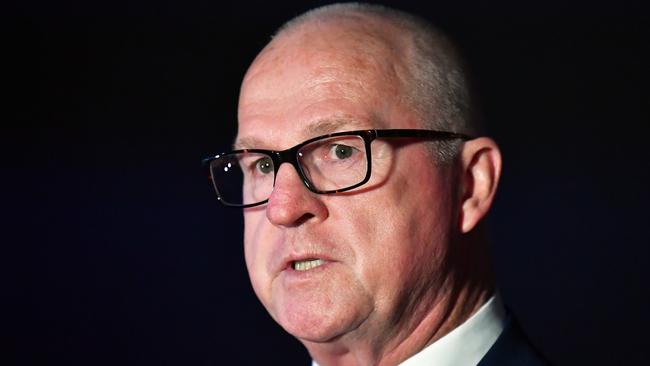
Mayor Mark Jamieson:
Mr Jamieson said the "extensive community engagement process" being undertaken was part of an essential planning process to maintain liveability and productivity as the region plans for a population of more than 518,000 within the next 20 years.
"I am looking forward to hearing back from all segments of the community on the material currently available for public review prior to formulating any views," he said.
"It would be disrespectful to our community to seek to pre-empt their feedback through this process.
"The master plan for an integrated public transport system serving the region and connecting to the rest of south east Queensland is presented and canvassed in some detail in the Draft Options Analysis."

David Law, Division 10:
Mr Law answered the first question about the steps he had taken and was still to take to gauge his division's views, but he would not comment on the other questions.
"At every community meeting I attend I inform the community about the open consultation period in relation to the Mass Rapid Transit," Mr Law said.
"I encourage the community to respond to the survey as public transport is important for everyone on the Sunshine Coast.
"I am arranging information sessions for the community groups when it is requested.
"I am well informed of the hinterland community views."

Jason O'Pray, Division 8:
Mr O'Pray said he had discussed transport operations with local community groups at monthly meetings over the last year or so and he said it was generally not of great concern to his community groups.
"They understand the responsibility falls fair and square on the State Government, not council, and they are failing," Mr O'Pray said.
He said he would also attend the Sunshine Plaza community consultation day in June.
Mr O'Pray said in the early days "a few years back now" he had been supportive of light rail, but as time had moved on and his understanding of the impacts had become greater, that had changed.
"There are so many more technologies out there in the world now, light rail isn't the best option anymore in my opinion," he said.
"I've been banging on about trackless trams way longer than most."
He said his preferred method of mass transit was probably a combination of trackless trams and fast buses.
"I've actually asked about bringing back the old school 'Banana Buses', I reckon that could maybe be a real winner," he added.
Mr O'Pray said moving people up and down the Coast was a massive problem now and it would be too late to solve it in a decade.
"It's not really a difficult thing to understand, we need a half decent train service to Brisbane, to clear out the highway traffic and we need a modern system to move people from Caloundra to Maroochydore," he said.
"Get that sorted and it's happy days."
He said in his opinion the council was going "way above and beyond" to get it sorted, even though it was not a council responsibility.
"This isn't even council's space," Mr O'Pray said.
Peter Cox, Division 3: Mr Cox was away and unable to comment.
Winston Johnston, Division 5: Mr Johnston was on leave this week.
Originally published as Sunshine Coast Councillors have their say on mass transit as public consultation hits halfway mark


